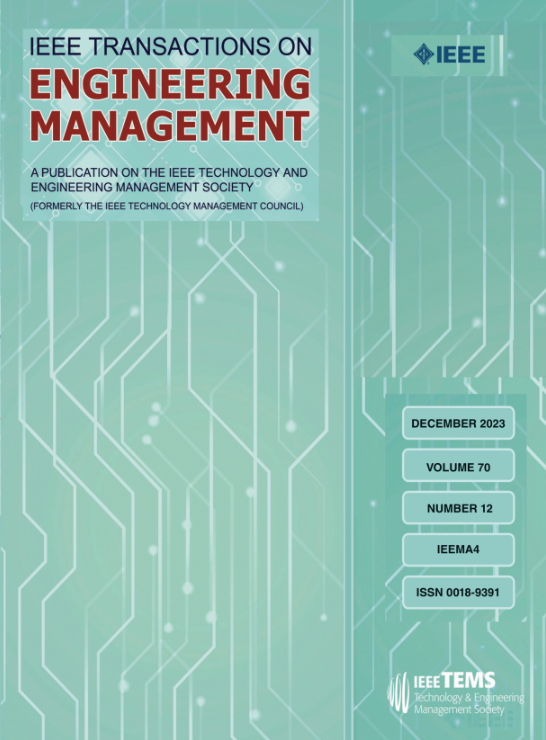Fintech and Entrepreneurship: An Assessment Model to Evaluate Policy Instruments for Fintech Adoption by Small and Medium Enterprises
IF 4.6
3区 管理学
Q1 BUSINESS
引用次数: 0
Abstract
Small and medium enterprises (SMEs) are the engines that drive economic development. However, they face inferior conditions and challenges when it comes to their access to broad financing channels. Hence, financial technologies (Fintech) solutions offer promising potential for improving SMEs’ access to finance. While researchers and practitioners have been promoting Fintech as a potential financial safeguard for SMEs’ needs, evidence shows an inadequate adoption rate of SMEs to such solutions and a lack of a comprehensive view of the Fintech adoption. Therefore, this research aims to provide a comprehensive examination of Fintech policy instruments and analyze their effectiveness in increasing the adoption of Fintech by SMEs through evaluating the essential policy targets impacting the adoption of Fintech and assessing their weights and priorities. This research is built upon a comprehensive literature review and experts’ insights. The hierarchical decision modeling methodology is used to identify the relative importance of those factors proposing a policy evaluation tool to assess the effectiveness of policy instruments on increasing Fintech adoption. This research presents the identification of 17 distinct policy targets that fall within four main perspectives along with their relative weights. To test the practicality and value of the research, a case study of the policy instrument effectiveness, the Saudi Arabian regulatory sandbox, was conducted to illustrate how the model could be used to identify the policy instrument's actual performance in terms of influencing SMEs adoption of Fintech, identify the instrument's strengths and weaknesses, and offer recommendations on how to improve to increase the policy instrument's effectiveness in increasing the adoption of Fintech by SMEs.金融科技与创业精神:评估中小企业采用金融科技的政策工具的评估模型
中小企业是推动经济发展的引擎。然而,在获得广泛的融资渠道方面,它们却面临着较差的条件和挑战。因此,金融科技(Fintech)解决方案在改善中小企业融资渠道方面大有可为。虽然研究人员和从业人员一直在宣传金融科技是满足中小企业需求的潜在金融保障,但有证据表明,中小企业对此类解决方案的采用率不足,而且缺乏对金融科技采用情况的全面了解。因此,本研究旨在全面考察金融科技政策工具,并通过评估影响金融科技应用的基本政策目标及其权重和优先次序,分析它们在促进中小企业应用金融科技方面的有效性。本研究以全面的文献综述和专家见解为基础。本研究采用分层决策建模方法来确定这些因素的相对重要性,并提出了一个政策评估工具,用于评估政策工具在提高金融科技采用率方面的有效性。本研究从四个主要角度确定了 17 个不同的政策目标及其相对权重。为了检验这项研究的实用性和价值,我们对沙特阿拉伯监管沙盒这一政策工具的有效性进行了案例研究,以说明如何利用该模型来确定政策工具在影响中小企业采用金融科技方面的实际表现,找出工具的优缺点,并就如何改进以提高政策工具在促进中小企业采用金融科技方面的有效性提出建议。
本文章由计算机程序翻译,如有差异,请以英文原文为准。
求助全文
约1分钟内获得全文
求助全文
来源期刊

IEEE Transactions on Engineering Management
管理科学-工程:工业
CiteScore
10.30
自引率
19.00%
发文量
604
审稿时长
5.3 months
期刊介绍:
Management of technical functions such as research, development, and engineering in industry, government, university, and other settings. Emphasis is on studies carried on within an organization to help in decision making or policy formation for RD&E.
 求助内容:
求助内容: 应助结果提醒方式:
应助结果提醒方式:


